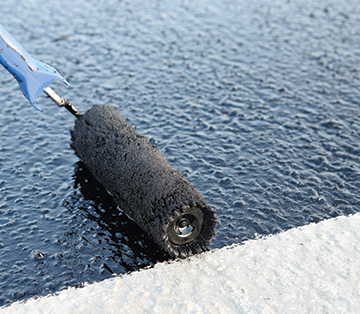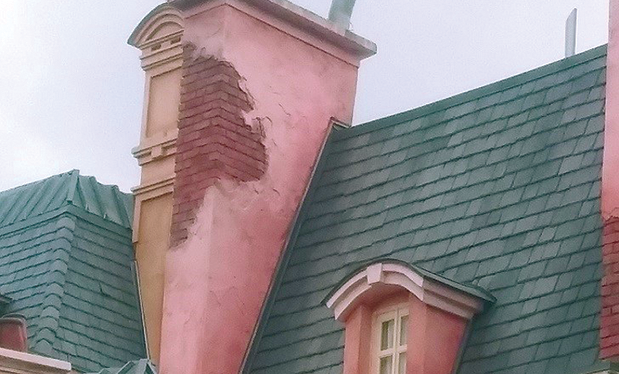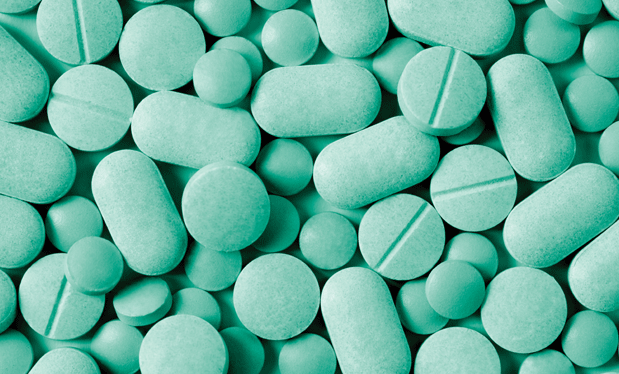
Until the publication and adoption of the International Building Code,® 2021 Edition, building code requirements for roof coating products and applications were somewhat vague and sometimes led to inconsistent interpretations. Beginning with IBC 2021, the code’s requirements for roof coatings became clearer and more streamlined, which means interpretations should now be more consistent and what is required of roof coating manufacturers and roofing contractors involved in roof coating applications should be better defined.
Previous editions
In IBC's previous editions, code requirements for roof coatings are addressed in the sections addressing built-up membrane roof systems, spray polyurethane foam roof systems and liquid-applied membrane roof systems. As a result, it has sometimes been unclear which of these sections’ requirements apply to new applications of membrane and SPF roof systems and which apply to roof coating applications.
Beginning with IBC 2018 and the International Residential Code,® 2018 Edition, a clarifying statement was added indicating the addition of a new protective roof coating to an existing roof system need not be considered an additional roofing layer when determining the maximum two-roof layer requirement before complete roof system removal and replacement would be required by the code. However, the codes did not specify which of the products in the liquid-applied membrane roof system section were considered protective roof coatings to take advantage of the clarifying statement.
IBC 2021
In IBC 2021, Chapter 2-Definitions, the term roof coating is defined as “a fluid-applied, adhered coating used for roof maintenance or roof repair, or as a component of a roof covering or roof assembly.” The italicized words denote specific terms also defined in Chapter 2.
In IBC 2021’s Chapter 15-Roof Assemblies and Rooftop Structures, a new section, Section 1509-Roof Coatings, was added to specifically address roof coatings.
Section 1509.1-General indicates the application of a roof coating on a roof covering is required by the code to comply with other requirements in the section and the code’s requirements in Section 1505-Fire Classification.
Section 1505 requires roof assemblies to be classified for their external fire resistances. The code requires fire classification to be determined and listed using ASTM E108, “Standard Test Methods for Fire Tests of Roof Coverings,” or UL 790, “Standard Test Methods for Fire Tests of Roof Coverings.” These are the test methods from which Class A, B and C fire classifications are determined.
Section 1509.2-Material Standards indicates roof coating materials are required to comply with one of the product standards listed in Table 1509.2-Roof Coating Material Standards. This table lists the following coating products:
- Acrylic roof coatings complying with ASTM D6083, “Standard Specification for Liquid Applied Acrylic Coating Used in Roofing”
- Asphalt emulsion coatings complying with ASTM D1227, “Standard Specification for Emulsified Asphalt Used as a Protective Coating for Roofing”
- Asphalt coatings complying with ASTM D2823, “Standard Specification for Asphalt Roof Coatings, Asbestos Containing”
- Asphalt roof coatings complying with ASTM D4479, “Standard Specification For Asphalt Roof Coatings—Asbestos-Free”
- Aluminum-pigmented asphalt coatings complying with ASTM D2824, “Standard Specification for Aluminum-Pigmented Asphalt Roof Coatings, Nonfibered, and Fibered without Asbestos”
- Silicone coatings complying with ASTM D6694, “Standard Specification for Liquid-Applied Silicone Coating Used in Spray Polyurethane Foam Roofing Systems”
- Moisture-cured polyurethane coatings complying with ASTM D6947, “Standard Specification for Liquid Applied Moisture Cured Polyurethane Coating Used in Spray Polyurethane Foam Roofing System”
These product standards generally require roof coating product packaging to include markings indicating compliance with the applicable standard. Also, code-approved testing agencies providing fire classifications generally require listed products to bear the agency’s label (UL mark, FM Approvals’ diamond) on product packaging.
In Section 1512-Reroofing, Item 4 under Section 1512.2.1-Roof Recover indicates a new roof coating being applied over an existing roof covering or roof coating is permitted by the code without tearing off existing roof coverings.
NRCA was the proponent of the code change that added IBC 2021’s Section 1509. This effectively separates the code’s requirements for roof coatings from the code’s other requirements for membrane and SPF roof systems.
NRCA has submitted a similar code change proposal in the International Code Council®’s current code development cycle for inclusion into IRC 2024.
To read more about code requirements for protective roof coatings, see “Coating concerns,” March 2019 issue.
NRCA’s recommendations
NRCA encourages roof coating manufacturers to make proof of compliance with the applicable ASTM International product standards and code-required fire classifications more readily accessible. Also, manufacturers need to provide the necessary product markings to facilitate code compliance.
NRCA also encourages roof system designers and contractors to seek out and use products that comply with the applicable ASTM International product standards and bear an agency label.
Additional information about specifying and using roof coatings is provided in NRCA Guidelines for the Application of Roof Coatings and Chapter 7-Surfacings of The NRCA Roofing Manual: Membrane Roof Systems. NRCA members can access electronic versions of both documents for free, and nonmembers can purchase hard copies from shop.nrca.net.
This column is part of Research + Tech. Click here to read additional stories from this section.
MARK S. GRAHAM is NRCA’s vice president of technical services.



